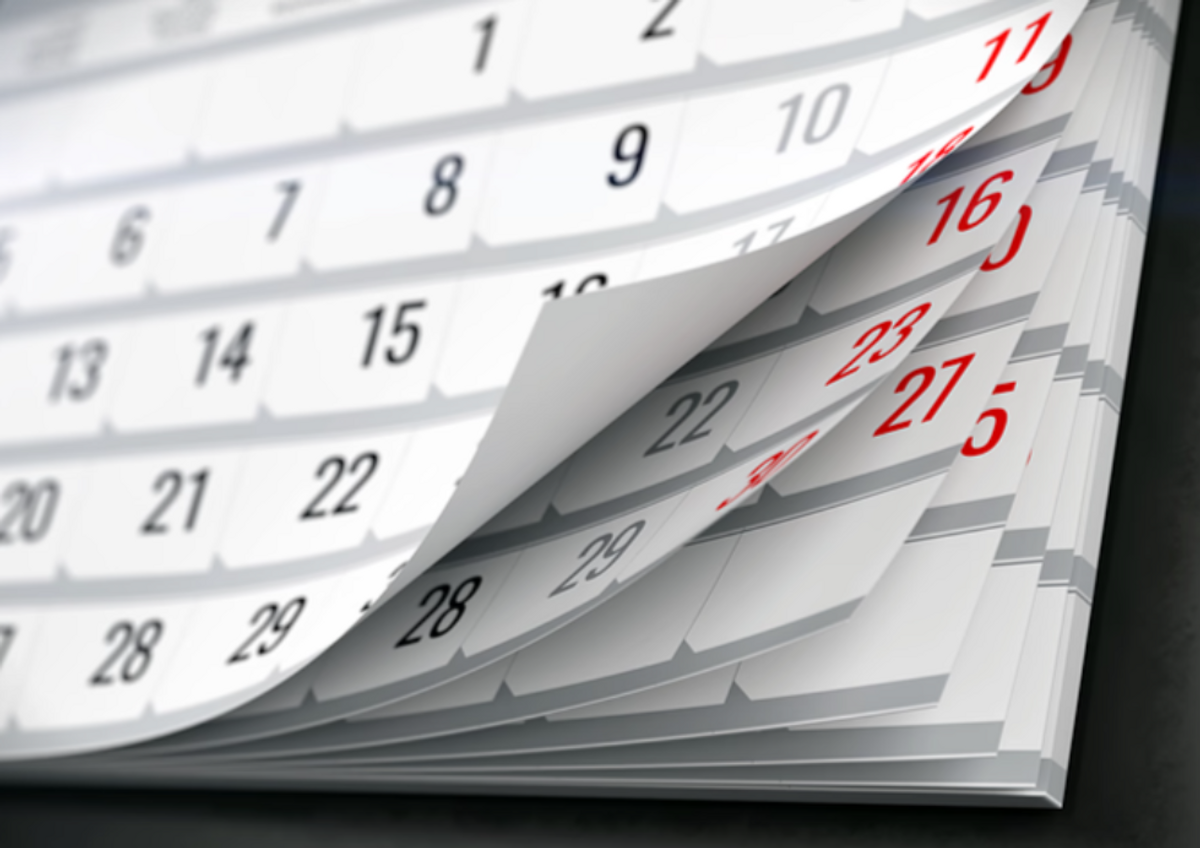Whether it is within your current company or at a new one, transitioning into asset management, or even management of maintenance and reliability, is a critical time filled with opportunities and challenges. The first 90 days are vital in setting the foundation for success. To ensure you succeed as an asset management manager, the following recommendations are provided by consultants, some of whom were maintenance or asset management managers themselves, and are based on many years of industry experience.
30 Days: Lay the Groundwork
- Align with organizational goals
Assess the company's vision, especially in asset management and performance. Understand the company's goals and objectives.
- Familiarize yourself with the safety standards
Adopt the company's values, safety protocols, and integrity standards.
- Get to know the team
Invest in listening to team members to understand their backgrounds, skill sets and ideas. Understand who does what, meaning the roles and responsibilities of each team member. Share your expectations regarding your way of working and, if you already have them, your ambitions and ideas for your role and the team.
- Invest in getting to know other important stakeholders
With other departments, such as finance, IT, HR and hierarchical, introduce yourself and get an understanding of their roles. Don’t forget about the managers from other sites with whom you can form a valuable collaboration.
- Acquaint yourself with data, systems, tools and processes
Think of general project management tools, but also the enterprise asset management system (EAM) and computerized maintenance management system (CMMS) used, what’s used for enterprise resource planning (ERP), etc. Have a look at historical maintenance data, current maintenance plans, the budget and department spend over the last couple of years.
60 Days: Deep Dive and Improvement Road Map
- Assess the current state of your asset performance
With the first steps taken to familiarize yourself with the data, systems, processes, people and organization, it is time to get under the hood and really grasp the current situation of the asset management department. Assess management and maintenance and reliability competences to get a comprehensive impression.

- Define KPIs and set realistic goals
Formulate goals and choose associated key performance indicators (KPIs) that are in line with your company’s objectives. While keeping the current maintenance maturity in mind, determine realistic targets and metrics. When you are at a reactive level, for instance, the focus for improvement should be on the maintenance organization, with streamlining processes and workflow management, roles and responsibilities. At task-optimized and proactive levels, the focus should be on setting up or streamlining the risk-based approach. When the organization is already at a high level and sustainable, then the most important driver is total cost of ownership (TOC). The focus, then, should be on long-term plans and digitalization.
- Identify low-hanging fruit
Going deep into all of the competences across data, systems, processes and people means that you can go into a lot of detail. Take a step back and single out the low-hanging fruit. These improvement opportunities will be the first move forward on your asset performance improvement road map.
- Create the road map and involve the team
By now, you will have a good idea of targets, KPIs and improvement opportunities. Transfer all these ideas into an improvement road map and share it with the team. Give them the chance to offer ideas and feedback. In that way, the team is involved in an early stage of the improvement process, which will be important for their involvement in making it a success.
90 Days: Execution, Monitoring and Continuous Improvement
- Deploy the road map and start with quick wins
Start with the easy tasks to accomplish improvements first. If the site is large and/or the organization is very complex, it is best to start implementing improvements on a tailored scope. When successful, you can easily scale up to other production lines or areas.
- Monitor, evaluate and adjust
Measure the implemented performance metrics. Review the road map and adjust if necessary. Don’t forget to do regular temperature checks with the team. Is their attitude positive toward the changes and are they actively contributing? Evaluate and adjust if this needs fine-tuning.
- Manage the changes
While deploying the improvements, a lot will change for the team. Actively involve key team members, show success of the changes and celebrate this with the team. Foster collaboration and community within the team and management. Promote open communication, including resistance, invest time in understanding others’ perspectives and try to get them on board.
- Promote and invest in continuous learning
Improving or changing the way of working means the team will usually have to either upskill or reskill to be able to do their jobs in the desired situation. Make training, as well as hands-on support and coaching available. This is not a one-off; ensure that training, retraining and coaching are continuously offered to promote continuous improvement of the team.
Conclusion
The first 90 days for a new leader are a blend of learning, understanding, planning, implementing and continuous improvement. By focusing on understanding the starting point (i.e., the current performance situation and maintenance maturity), creating a road map for improvement, and deploying quick wins first, a manager can demonstrate leadership and commitment to excellence. Embracing flexibility and promoting collaboration and open communication are important key success factors in the first months at the helm of a department.







